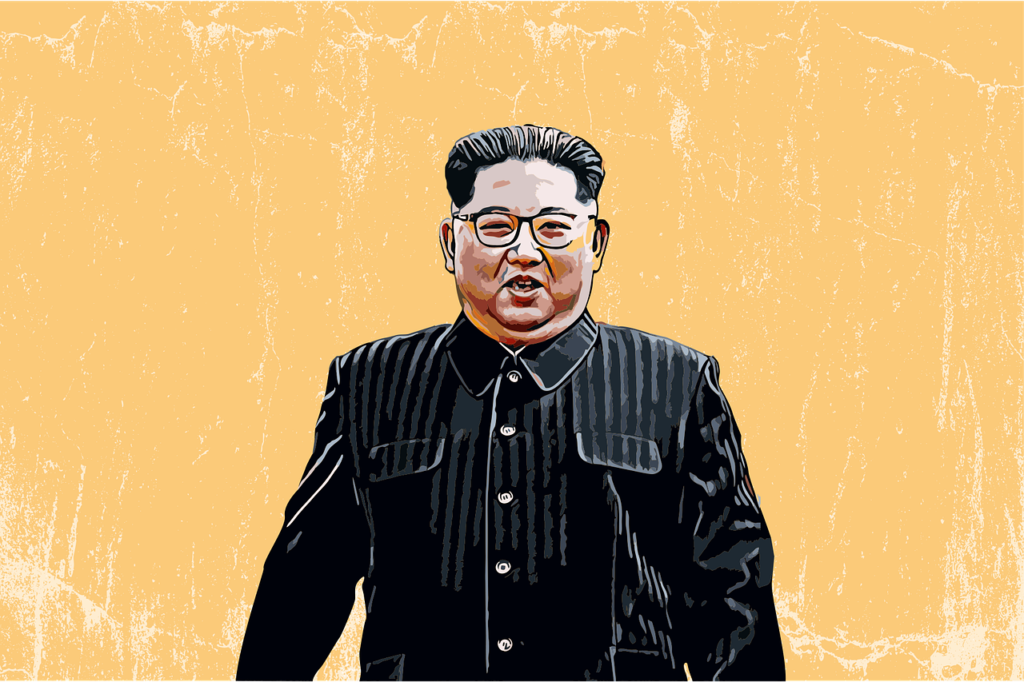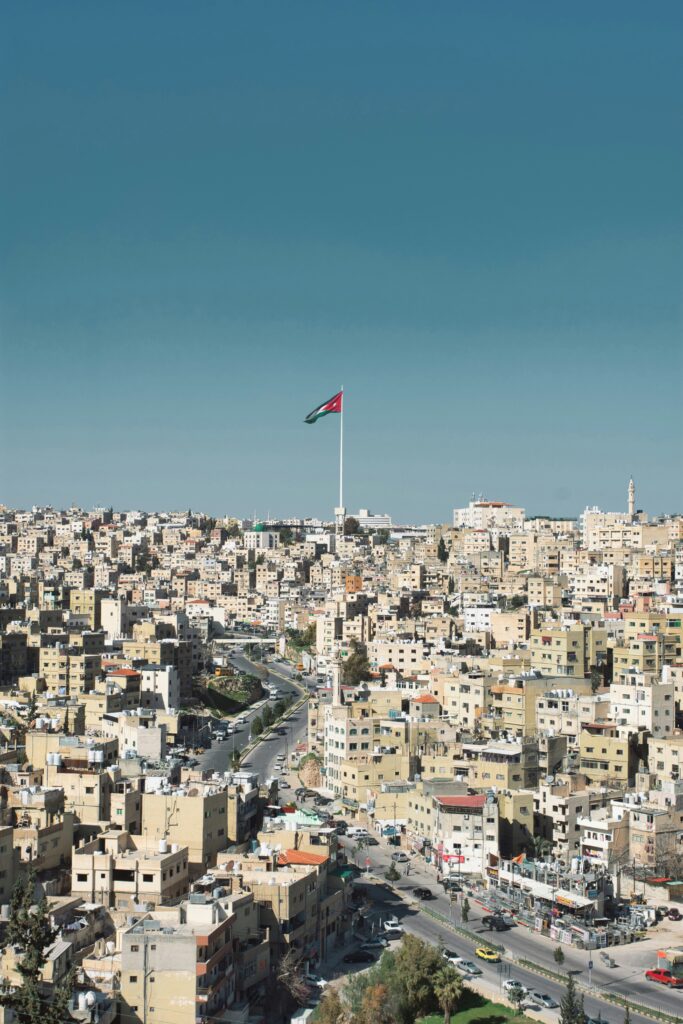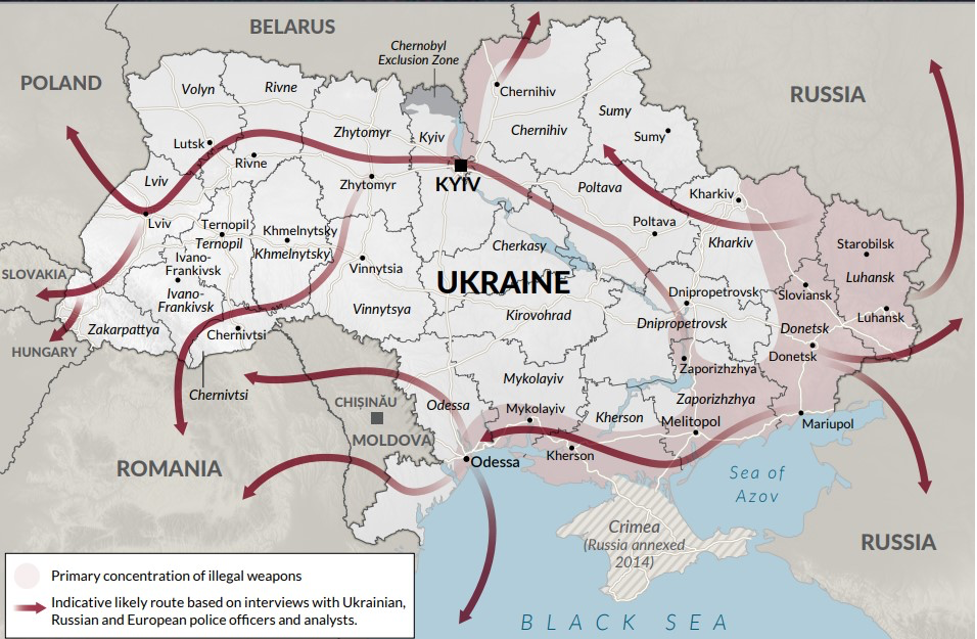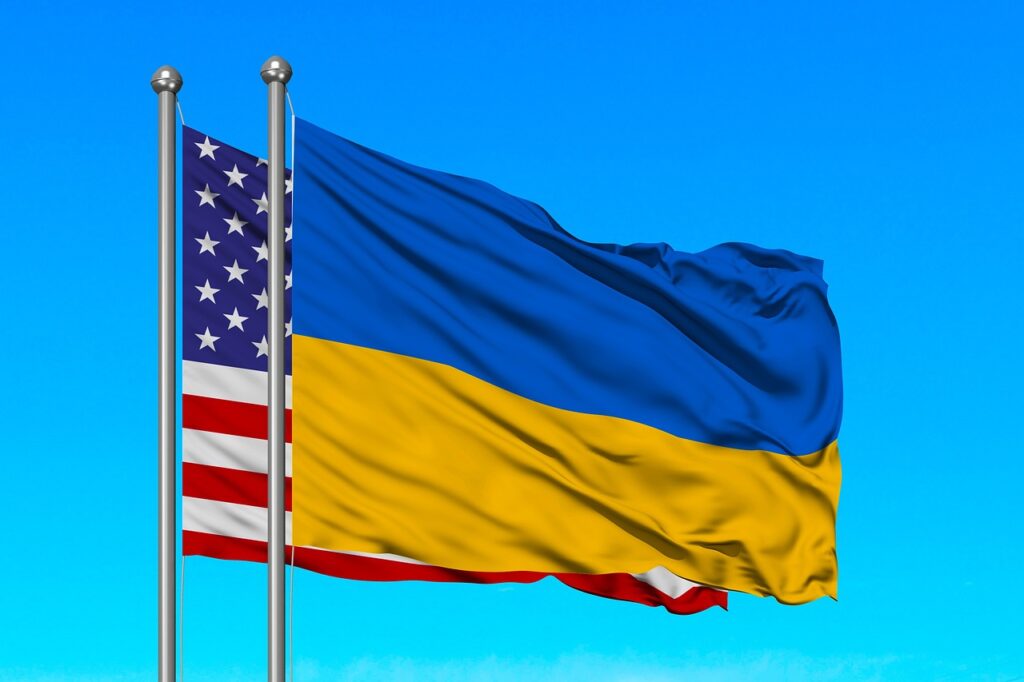by Max Giordano - Arctic Team
Norway has awarded a record number of new petroleum exploration licences despite questions over the environmental risks and Oslo's commitments under the 2016 Paris Agreement. Of the 62 new permits, 29 are located in the North Sea, 25 in the Norwegian Sea and 8 in the environmentally sensitive Barents Sea region. Norway's Ministry of Energy issued grants on the Norwegian Continental Shelf to 24 energy companies, with Equinor ASA and Aker BP ASA holding the majority stake. This marks a 30% increase in total licences from the previous auction 2022.
Understanding the broader consequences of expanded drilling activities in the Arctic is essential. Looking at the Barents Sea area will highlight how this affects the economy, the environment, and politics. This paper offers a nuanced understanding of the multifaceted factors surrounding Arctic drilling.
Understanding Oslo's Arctic Policy:
Interpreting Norway's decision to award new exploration licences within the High North framework offers a deeper understanding of its connection and relevance to Norwegian Arctic policy. So perhaps it is in the fitness of things to recall the significance of this concept. High North, integral to Norwegian Arctic policy since the 80s, delineates the expansive Arctic territories Norway seeks to influence, spanning the southern boundary of Nordland County to the Barents and Pechora Seas. Politically, it reflects Norway's efforts to shape Arctic governance, engaging in collaborations through the Arctic Council, Barents Cooperation, and partnerships with the European Union under the Northern Dimension.
High North was fully implemented in 2003 when Norway's Ministry of Foreign Affairs established a department called nordområdene, followed by a strategy in 2006. It represents a concerted effort to position the region as a high-ranking priority, emphasising the significance of the Arctic to Norway.
Norway's Arctic Energy Strategy: Balancing Resources, Demands, and Environmental Considerations.
Norwegian gas meets the annual household needs of 800 million people. It has become Europe's largest supplier, surpassing Russia in 2022 after the Ukraine invasion. This milestone is critical in discussing new exploration licences, underscoring Oslo's push to boost hydrocarbon access amid energy transitions. Securing low-carbon supplies could advance emission-free blue hydrogen from natural gas, with captured CO2. Discoveries are fundamental in meeting European needs and bolstering local economies. Consequently, there is a heightened focus on developing untapped Arctic resources.
The Government's Northern Area Strategy of 2006 highlights Action Point 3 of 22 points, aiming to "further develop [drilling] in the Barents Sea through an award[s] policy, [increasing exploration acreage and additional geological mapping]," establishing a framework for oil and gas developments in the Barents Sea. Moreover, a 2010 agreement between Norway and Russia on maritime borders unlocked new opportunities (Article 5, Annex II), effectively transforming the place into Norway's latest petroleum province.
Estimated undiscovered resources in the Barents Sea are 2400 million standard cubic metres of oil equivalent (or 15 100 million barrels), with natural gas comprising 1120 billion standard cubic metres — an area of 1,300,000 square kilometres.
Compared to other exploration sites in the Arctic, the Barents Sea offers low production costs and quicker project start-up times, accelerating extraction and distribution processes to be market-ready. Minimal ice cover, calmer winds, shallow waters, and easy-to-reach resources, collectively reduce drilling costs to around NOK 200 million per well ($21,000,000).
Growing global demand for oil and gas, particularly in Asia — led by China and India — is expected to boost consumption. The IEA forecasts a 3.2 million barrels per day rise in oil demand from 2023 to 2030, driven by increased jet fuel usage and petrochemical feedstocks. Gas demand has also surged, underpinning the importance of secure, flexible energy sources. The IEA predicts a 2.3 per cent increase in natural gas demand in 2024.
Closing infrastructure gaps is crucial for supporting Barents Sea discoveries. Ports like Hammerfest, Honningsvåg, and Kirkenes are integral. However, more infrastructure is needed for better connectivity with distant fields. Logistical and geopolitical challenges pose risks to future developments, but population growth, industry, transportation, and the petrochemical sector necessitate hydrocarbon investments.
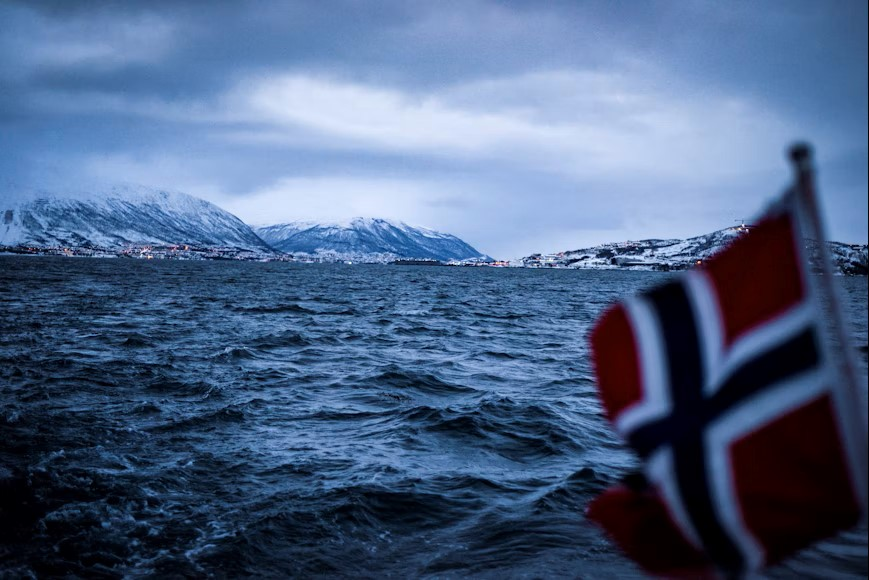
Critical Decisions in Arctic Development
Arctic projects require careful planning and smart decisions based on detailed assessments. The Barents Sea has unique geological challenges, like tectonic movements, Arctic weather patterns, and varied soil and rock layers. It encompasses five areas, including the Finnmark platform, the Bjarmeland platform, Nordkappbassenget, Tiddlybankbassenget, and Fedynsky Høgda.
Oil and gas exploration entails identifying suitable rock formations, pinpointing reservoirs to store hydrocarbons, and maintaining secure containment to prevent leaks. Factors like sea depth affect operations, with shallower reservoirs in Bjarmeland and Fedynsky Høgda being more favourable.
Environmental groups oppose Arctic drilling due to risks to biodiversity, wildlife, and Indigenous communities. Arctic ecosystems are fragile, and accidents can have lasting effects. Indigenous peoples depend on Arctic resources for their traditions and health, making them vulnerable to disruptions caused by drilling. Despite Norway's introduction of regulations like the 2006 Barents Sea policy and the 1996 Petroleum Act, opinions vary on whether these sufficiently mitigate concerns.
In November 2021, six activists, aged 20 to 27, and two environmental groups, Greenpeace Nordic and Young Friends of the Earth Norway, brought their concerns to the European Court of Human Rights (ECHR). They filed a case dubbed 'the People vs. Arctic Oil' to challenge Oslo's energy policies. They cite Articles 2 and 8 of the European Convention on Human Rights, which protects the right to life and family, arguing that drilling could pollute ice sheets, accelerating melting. It is noteworthy that the ECHR requires applicants to be directly affected by alleged violations. Its decisions are legally binding on member states. Previously, three Norwegian courts dismissed the claims. In January 2022, the ECHR formally asked Oslo for counterarguments by April 2023. The case is pending a final verdict, with no significant developments reported since.
Oslo faced further headaches when the Sámi Parliament of Norway sued it for constructing a wind turbine farm on traditional Sámi lands. This action is part of Sámi efforts to defend their territorial rights and heritage, criticising renewable energy projects as green colonialism. Situated on the Fosen peninsula, the wind farm encroached on traditional Sámi reindeer herding territories. In 2021, Norway's Supreme Court ruled that the project violated Sámi rights under Article 27 of the International Covenant on Civil and Political Rights. An agreement was reached this year, 2024, allowing the wind farm to operate under conditions that protect Sámi culture. Provisions include allocating a percentage of generated energy to the Sámi community, designating new reindeer herding areas, and granting NOK 5 million ($473,000) to support Sámi traditions.
Conclusion
The Arctic's importance in both domestic and foreign policy cannot be understated. Drilling can strengthen local economies and secure energy for Europe, but it also disrupts a delicate ecosystem. On the one hand, the Norwegian government seeks to ensure energy supplies for itself and its now-reliant European partners at great financial profits. On the other hand, the distribution of new licences prompts environmental concerns. The environment versus energy security is an ongoing battle. The critical question remains: How will the Norwegian government balance these concerns without compromising their energy security?


